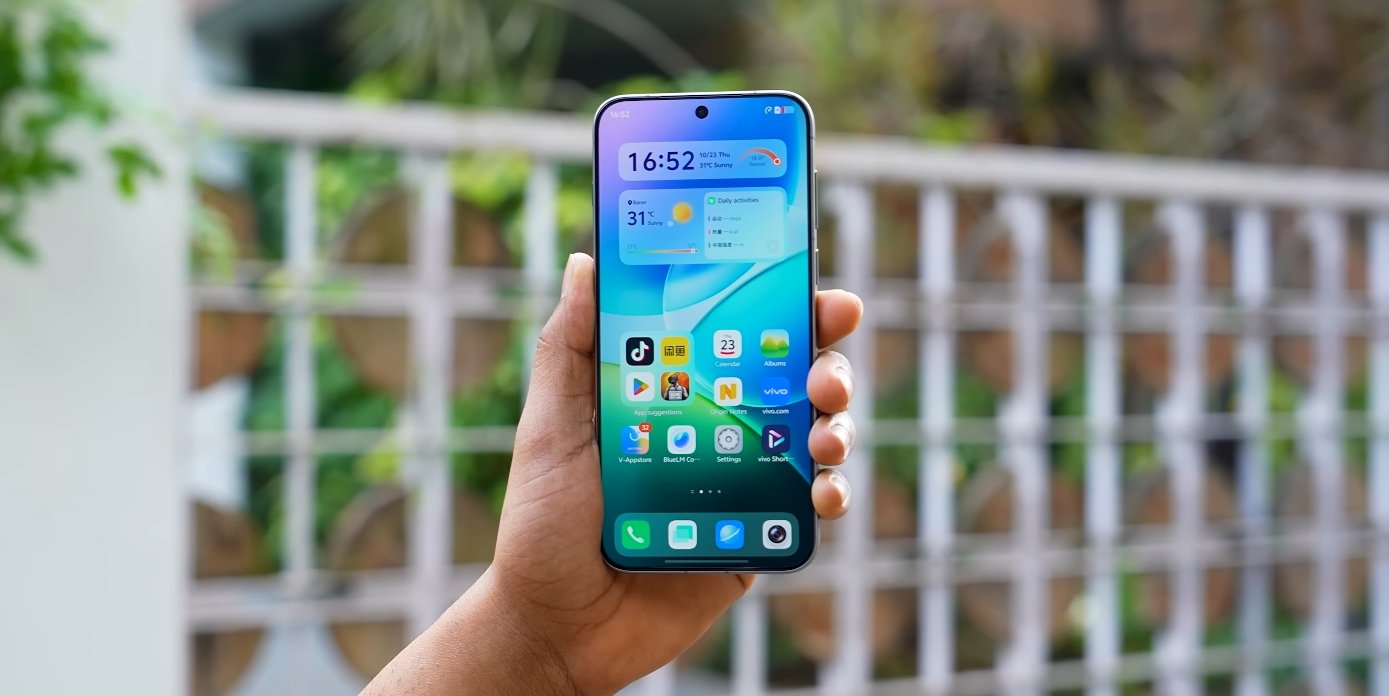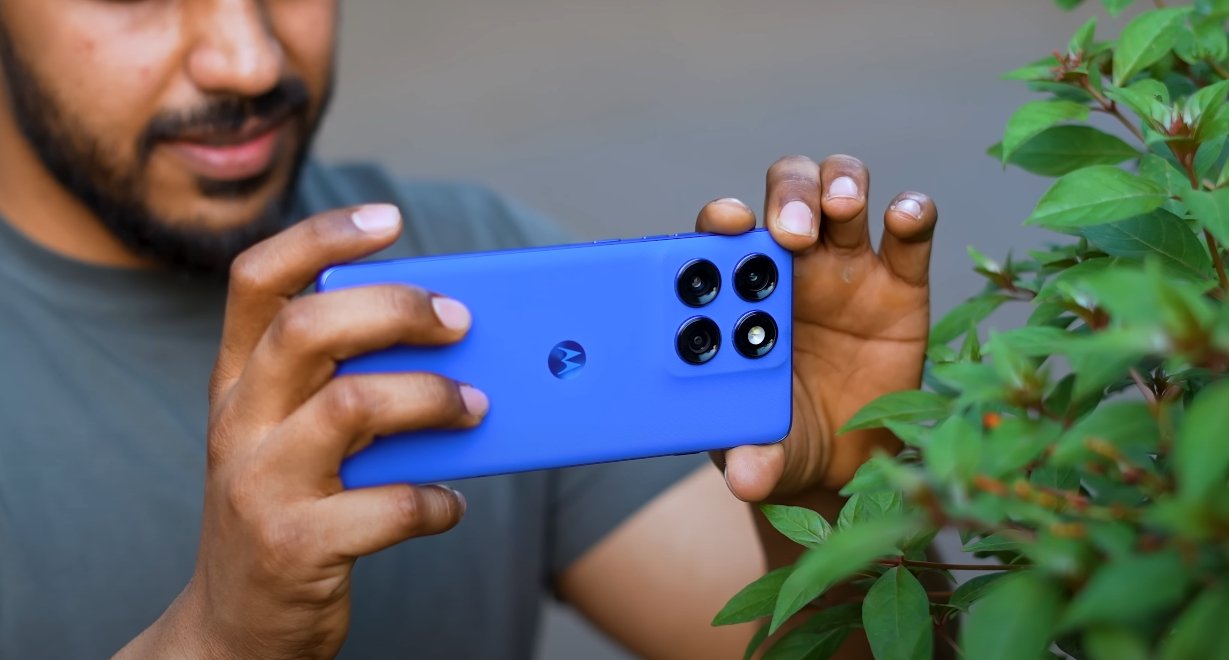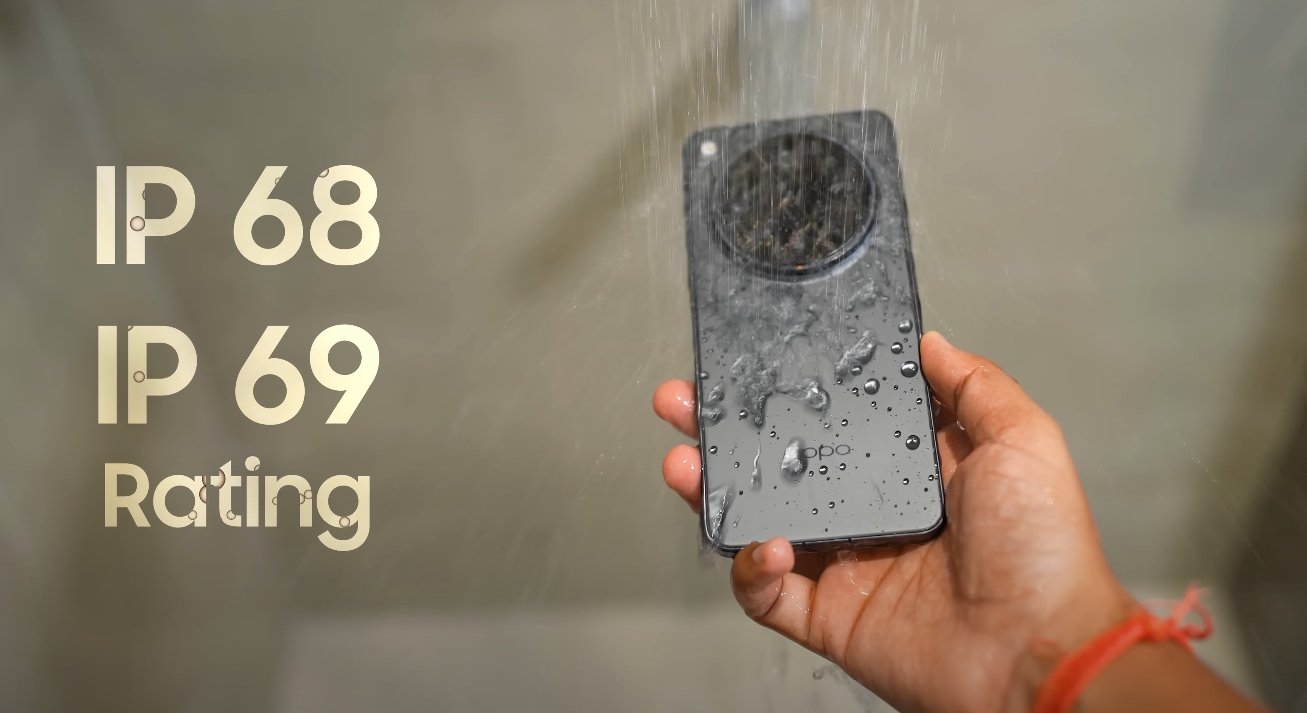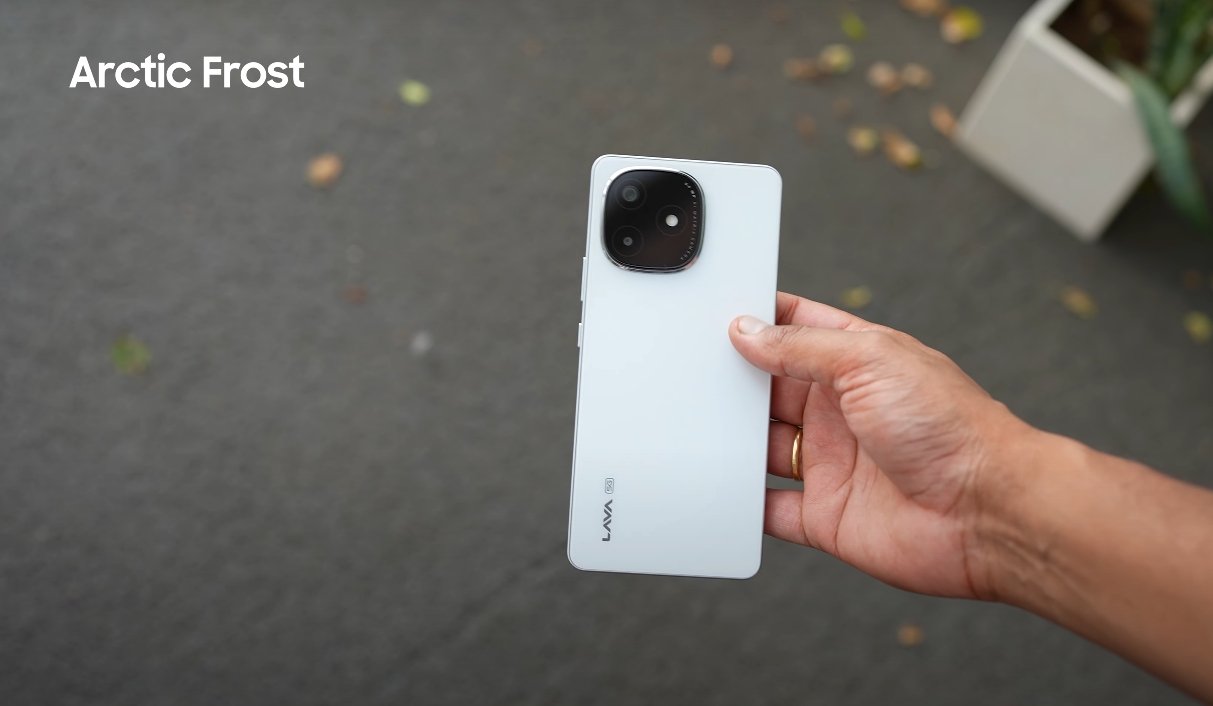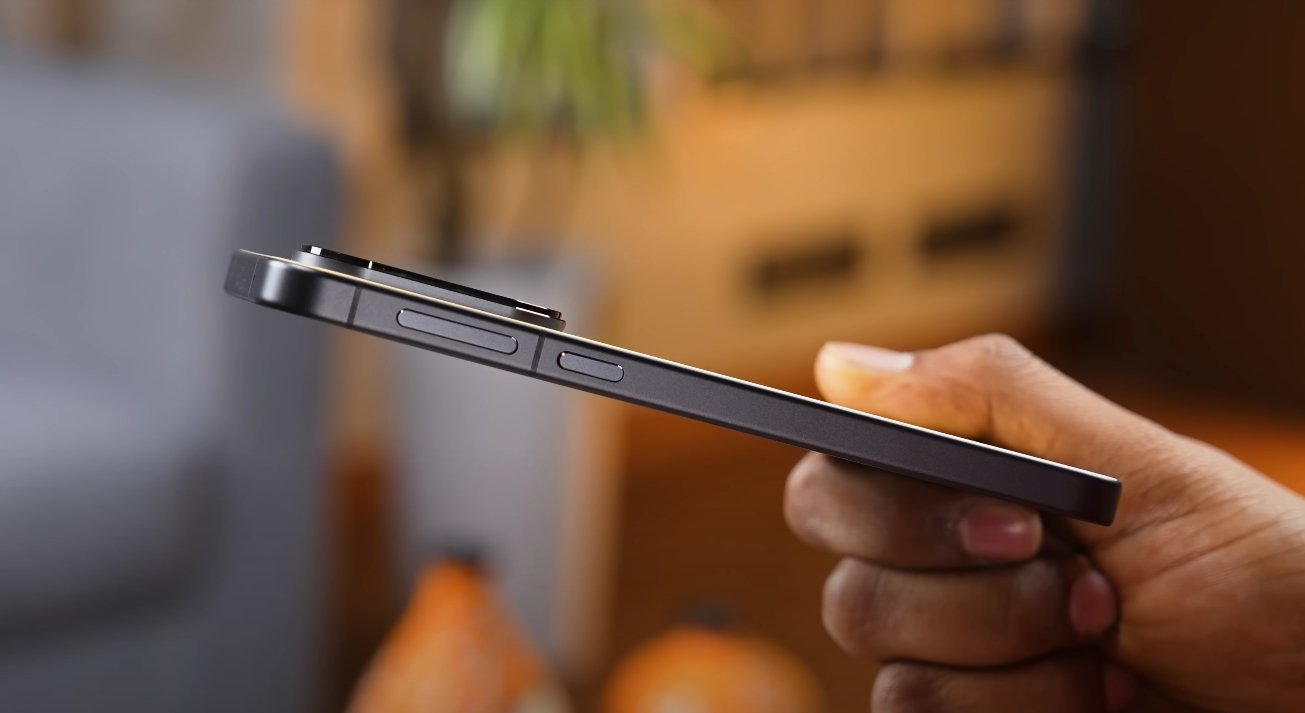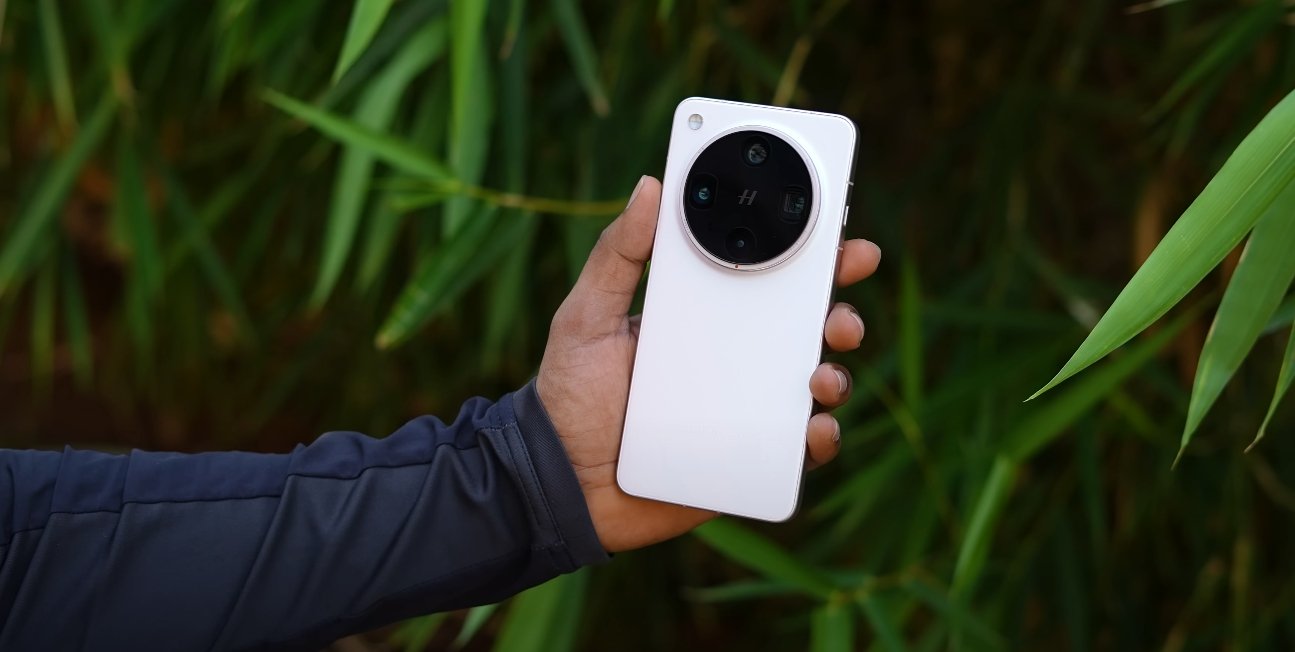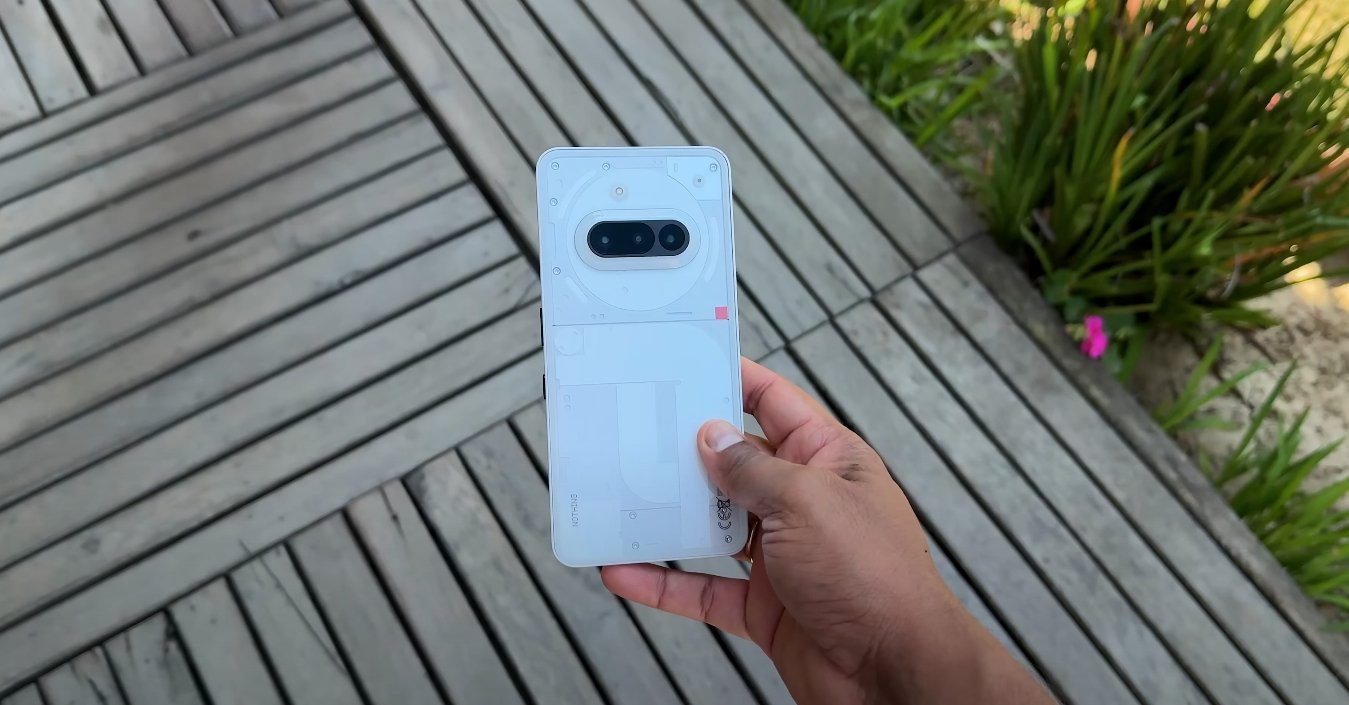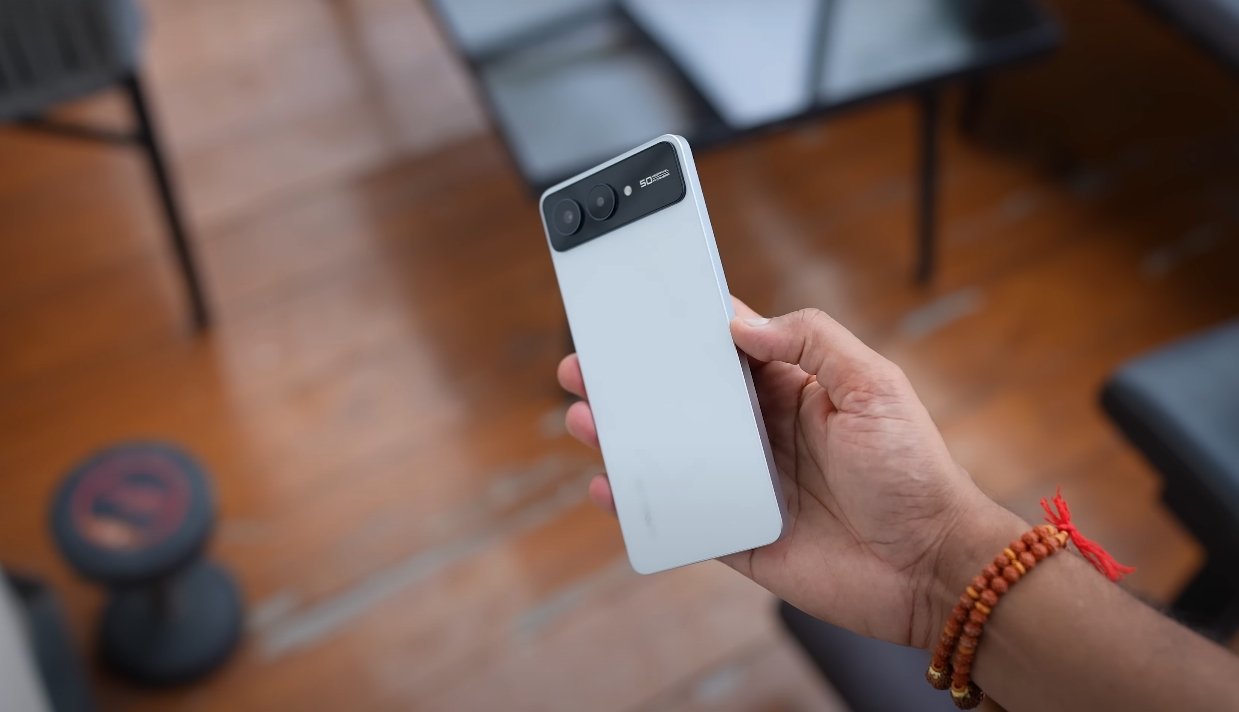Ultimate Flagship Battle Reveals Unexpected Winner
The premium smartphone race for 2025 has reached new heights with the arrival of Vivo’s X300 Pro and Samsung’s Galaxy S24 Ultra. Both devices represent the best each brand has to offer, combining powerful hardware, cutting-edge cameras, and advanced AI features. However, recent comparison tests have revealed some truly shocking results, proving that the competition between these two giants is tighter than ever.
At first glance, both phones share a similar design philosophy—sleek metal frames, curved glass backs, and near bezel-free displays. The Galaxy S24 Ultra continues Samsung’s signature look with a squared, professional appearance, while Vivo’s X300 Pro takes a more modern approach with softer curves and a slightly lighter body. The S24 Ultra features a 6.8-inch QHD+ Dynamic AMOLED 2X panel that supports an adaptive 1Hz to 120Hz refresh rate, offering vibrant colors and deep contrast. The X300 Pro counters with a 6.78-inch LTPO OLED display at 120Hz, which has impressed users with its brightness and color calibration. In side-by-side viewing tests, both are spectacular, though Vivo’s color tone feels slightly warmer and more natural.
Performance-wise, Samsung relies on the Snapdragon 8 Gen 3 for Galaxy chipset, custom-tuned for efficiency and thermal balance. Vivo takes a bold step with the MediaTek Dimensity 9500 processor, which has shown remarkable stability and AI processing improvements. Surprisingly, benchmarks and real-world gaming sessions revealed minimal performance differences. While Samsung’s chip delivers slightly higher scores, the Vivo X300 Pro maintained cooler temperatures during extended gaming and heavy camera use. This balance between power and heat management came as a pleasant surprise to many users, showing how far MediaTek’s top-tier chips have come.
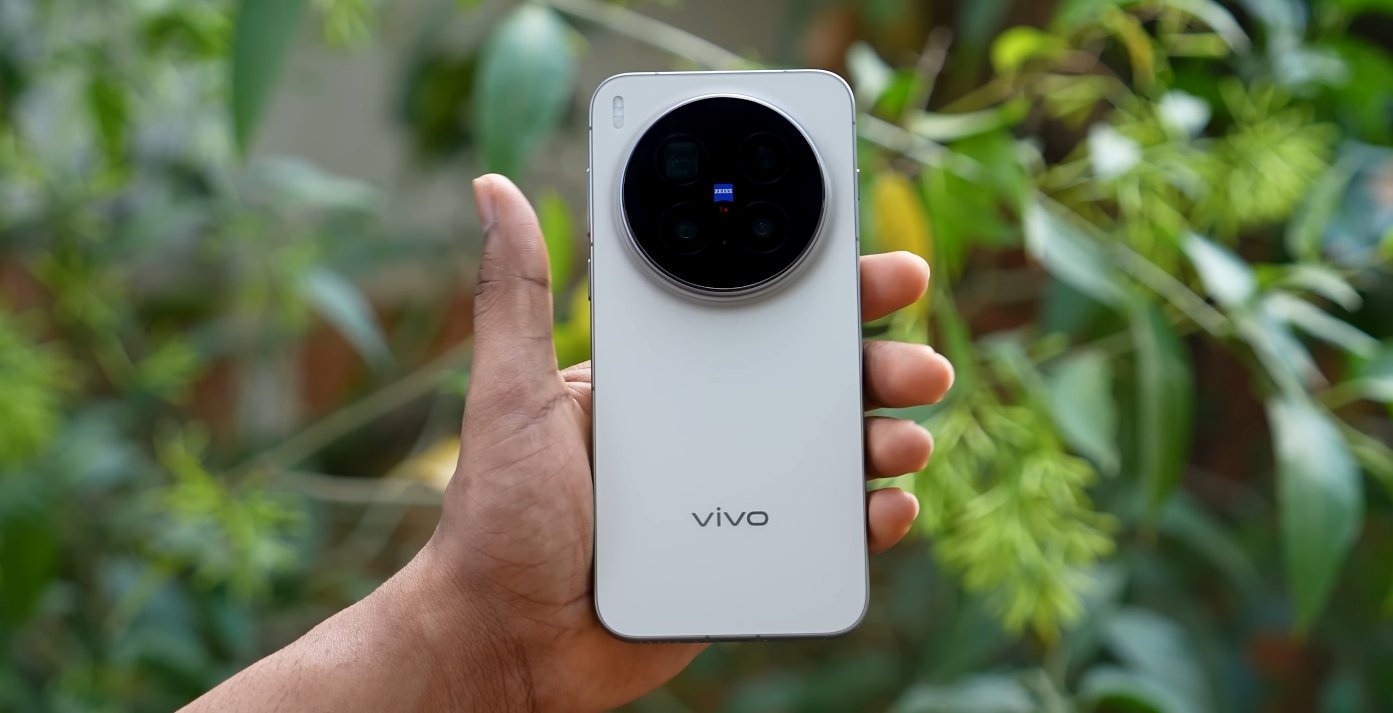
The most shocking results, however, came from the camera showdown. Samsung’s S24 Ultra boasts a 200MP main lens, a 12MP ultra-wide, and dual telephoto sensors offering 3x and 5x optical zoom. Vivo’s X300 Pro, developed in partnership with Zeiss, features a massive 200MP periscope telephoto sensor and an advanced image processing chip. In daylight photography, Samsung retains its edge with slightly sharper dynamic range and more natural tones. But when it comes to low-light and zoom photography, Vivo unexpectedly pulled ahead. The Zeiss optics and AI-based image fusion in the X300 Pro captured cleaner, more detailed zoom shots, even in dim lighting. Reviewers called the results “shocking” considering Samsung’s long-standing dominance in smartphone photography.
Battery life and charging speeds further widened the performance gap in unexpected ways. Samsung’s 5000mAh battery performs reliably, supported by up to 45W wired charging and 15W wireless. Vivo, however, raised the stakes with a 6510mAh battery that supports an astonishing 90W wired and 40W wireless charging. In charging tests, the X300 Pro went from 0 to 100% in under 30 minutes, while Samsung took roughly twice that time. Despite this aggressive charging speed, Vivo’s device maintained stable heat control, which was another surprising achievement for such high wattage.
In terms of software, Samsung’s One UI 6.1 based on Android 14 continues to be one of the most polished and feature-rich interfaces, offering deep integration with the Galaxy ecosystem. Vivo’s Funtouch OS, while improving with smoother animations and fewer ads, still trails slightly behind in user familiarity and ecosystem reach. Samsung’s advantage lies in its extended software support—seven years of updates compared to Vivo’s typical four—which could be a key deciding factor for long-term users.
Ultimately, this flagship face-off proves that Vivo is no longer playing catch-up. The X300 Pro brings innovations in camera technology, charging speed, and thermal control that genuinely challenge Samsung’s dominance. For users who prioritize photography, quick charging, and cutting-edge hardware, the Vivo X300 Pro delivers incredible value and a few shocking wins. On the other hand, the Galaxy S24 Ultra remains the all-round powerhouse—reliable, consistent, and backed by a mature ecosystem that extends far beyond the phone itself.
The final verdict is clear: Samsung maintains its reputation as the king of versatility, but Vivo’s X300 Pro has arrived as a true disruptor in the flagship space. The shocking results of this comparison remind us that competition in technology never stands still—and that even the most dominant players can be surprised by bold innovation.
